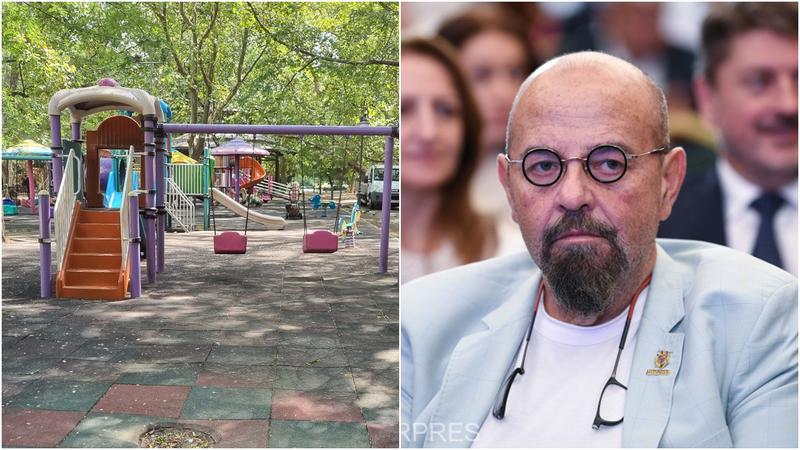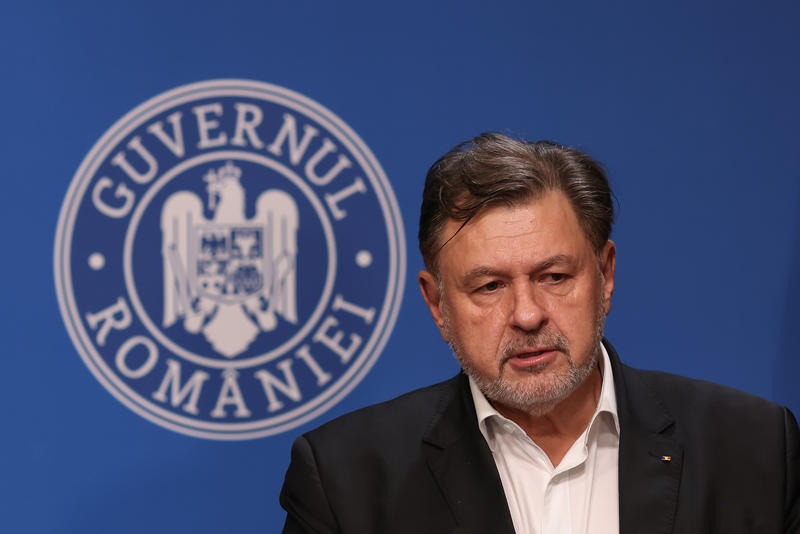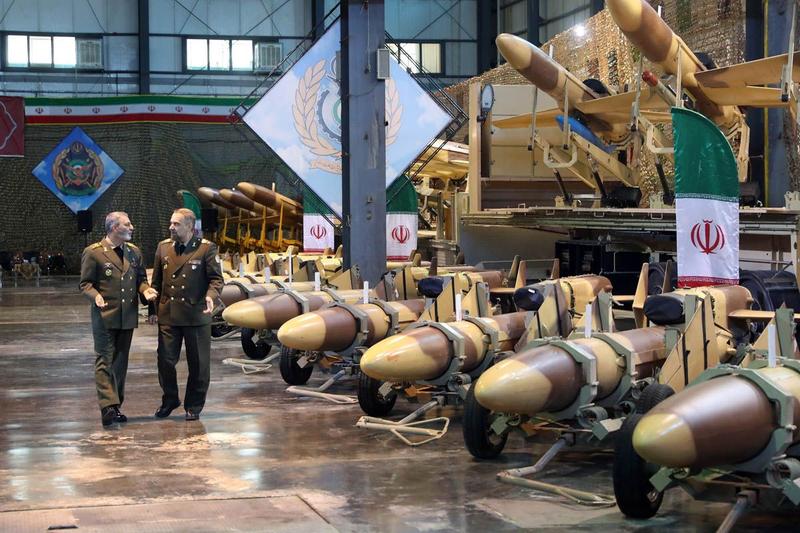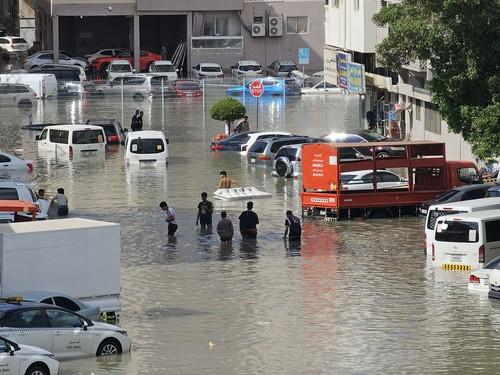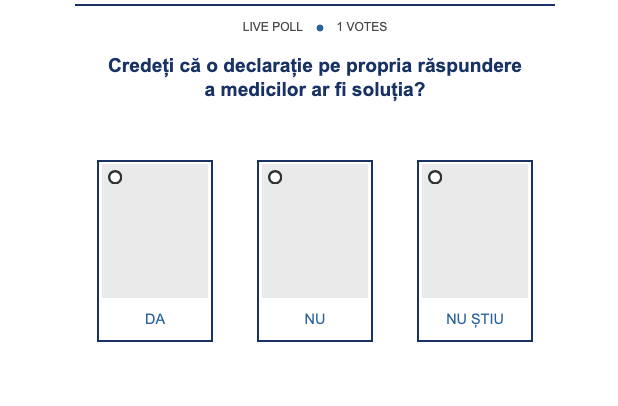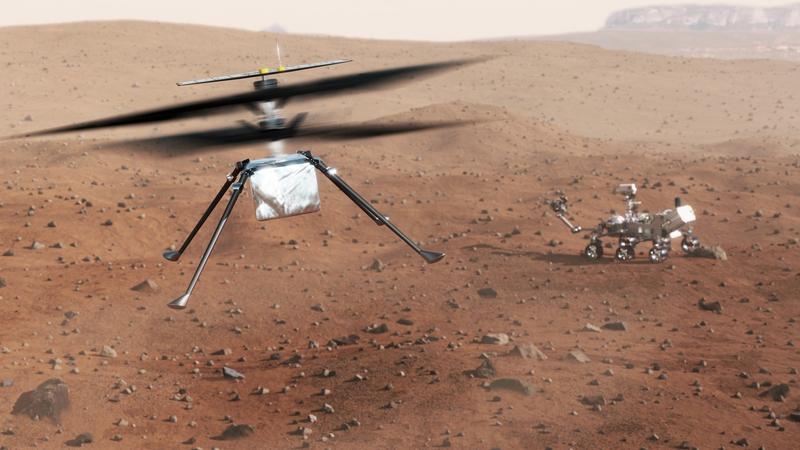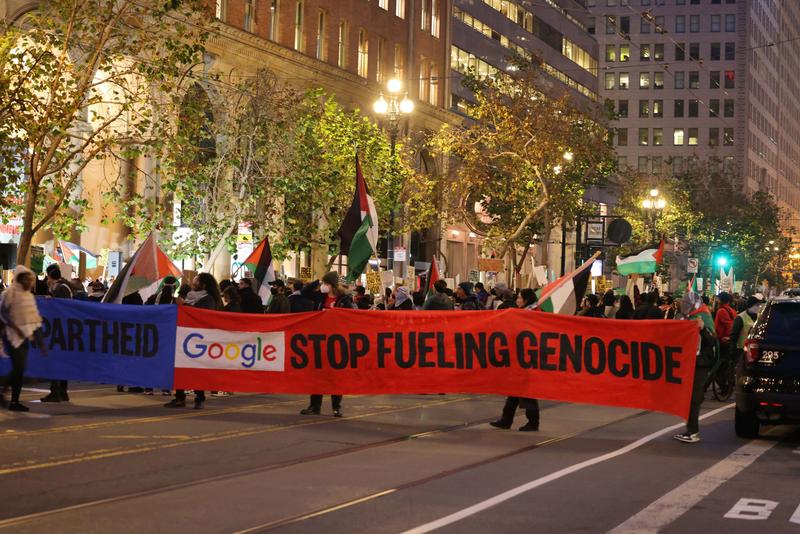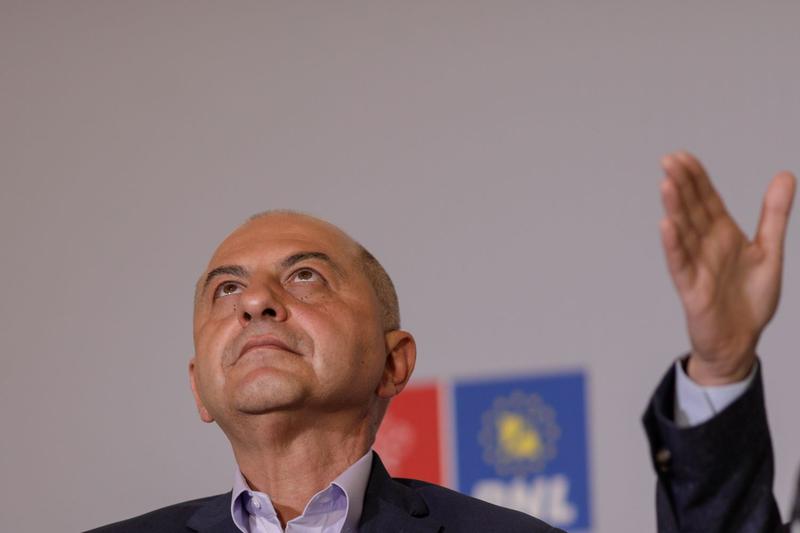The Romanian Government has approved the decision addressing the manner in which the money obtained from the sale of CO2 emission certificates (AAUs) will be spent. Economy minister Adriean Videanu claims the money will be used to rehabilitate the energy groups, to increase the production of energy using renewable resources and for afforestation. Immediately after the normative act is enforced, Romanian authorities will start negotiating with various states interested in buying the certificates. According to Videanu, AAUs could be sold to Japan and the EU states. Romania could get around two billion euros from the sale of emission certificates.
The Agriculture minister added that around 300 million units could be turned into profit this year. The money will go to the Environment Fund. The money obtained from the selling of additional AAUs make up the financing source for the projects that generate the reduction of glasshouse effect emissions, especially in the energy sector, in order to prepare for the enforcement of the climate change - renewable energy legislative package. The money will be 98% used for green investments and 2% for information campaigns. Both economic operators and state authorities can benefit from it.
The Government's Decision on green investments was approved on Wednesday. The Economy minister told HotNews.ro that AAUs surplus is sold through direct negotiation, based on the state contract of selling AAUs.
The types of projectsthat can be financed by the selling of AAU surplus are:
- clean technologies, including the gasification of coal, cogeneration of high efficiency, but it is not restricted to these;
- the modernisation and rehabilitation of the energetic groups;
- the increase of energy production using renewable sources;
- the reduction of glasshouse-effect gases in agriculture;
- the reduction of glasshouse-effect gases in transports, through encouraging the use of hybrid and electrical cars;
- the afforestation of certain land surfaces, including degraded agricultural land;
- the reduction of glasshouse-effect gases waste management.
"Romania has got a minimum AAUs sale available of 60.000.000 t CO2 equivalent, yearly, for 2008-2012. Bearing in mind that, at the moment, the AAU market uses prices like 4 to 8 € for the equivalent of one CO2 tone, the total income for the state budget represents around 1,000 - 2,000 million euros", the official notification indicates. These are the minimum sums that can be obtained. Should the entire surplus be sold, the state could get even more.
There is a maximum of 300,000,000 units that could be sold for the 2008-2012 period. AAUs are the units used to measure the quantity of glasshouse-effect gas emissions. 1 AAU = 1 tone of CO2 equivalent.
The Economy Ministry will sell emission certificates on the international market in partnership with the Environment Ministry and the Finance Ministry.
HotNews.ro published in March an article showing that the Economy Ministry intends to take over the district heating stations from the local authorities. HotNews.ro demonstrated that the money obtained through the sell of AAUs, especially projects in the energy sector and heating stations are on the list. Economy minister Adriean Videanu has said as early as last summer that he intended to use the money in this direction. That's why the Economy Ministry is interested in taking over district heating stations. Most of these stations are genuine "black holes" for the budget.
The situation of glasshouse gas emissions in Romania
Romania is part of the UN Framework Convention on Climate Change (UNFCCC) and part of tits Protocol signed in Kyoto. Romania engaged to reduce glasshouse gas emissions (GHG) by 8% in comparison with the levels in 1989.
Each state featured in the Annex B of the Kyoto Protocol has the right to a certain amount of GHG emissions. The AAUs are actively followed and recorded by the GHG emissions National registry.
According to the last report of on national GHG emissions sent to the European Commission, the 2008 level namely 145 million tones of CO2, is 38% lower than the average mean target featured by the Kyoto Protocol for 2008-2012.
Romania is very likely to fulfil its 8% engagement without having to resort to additional measures.
